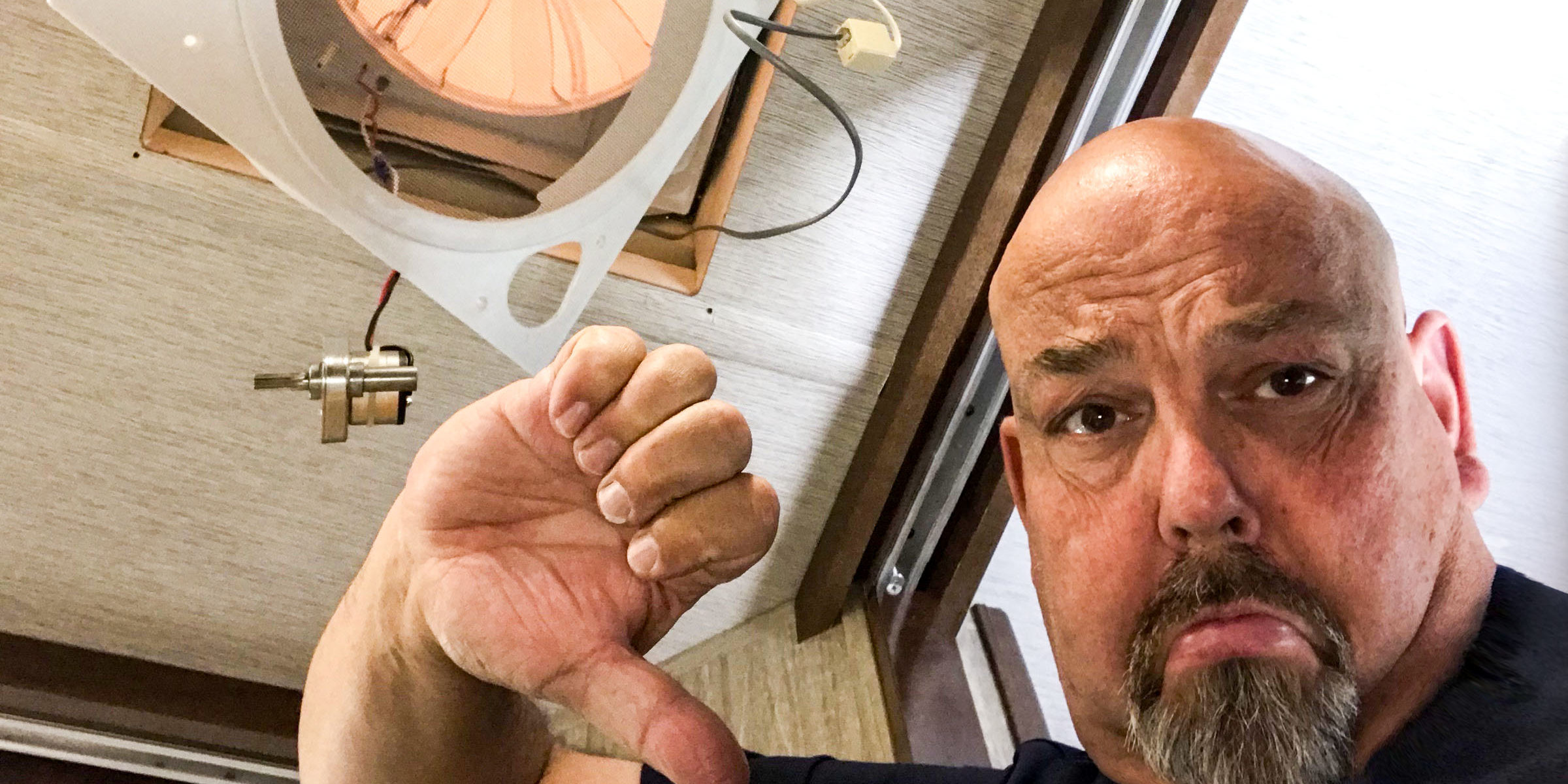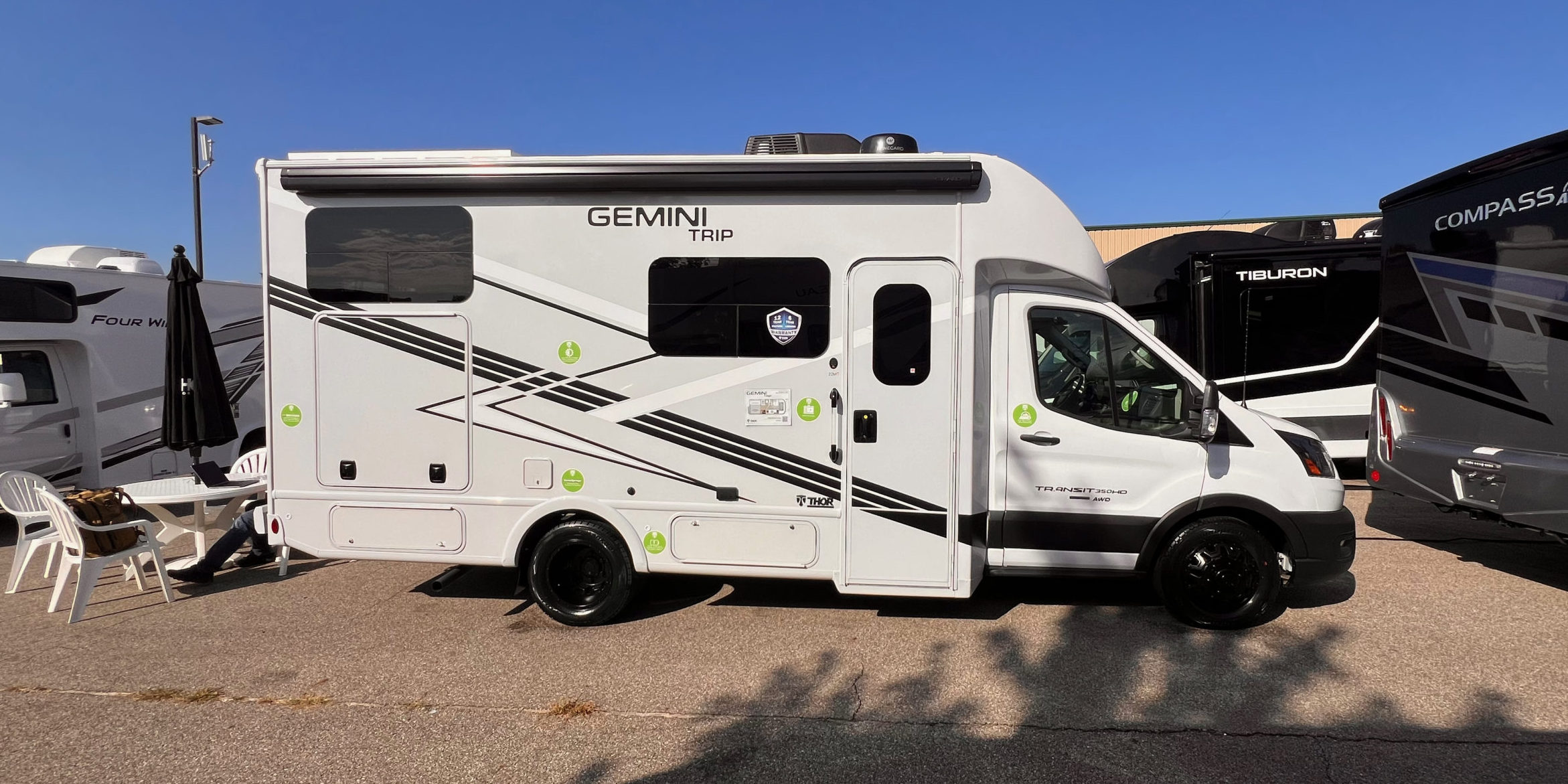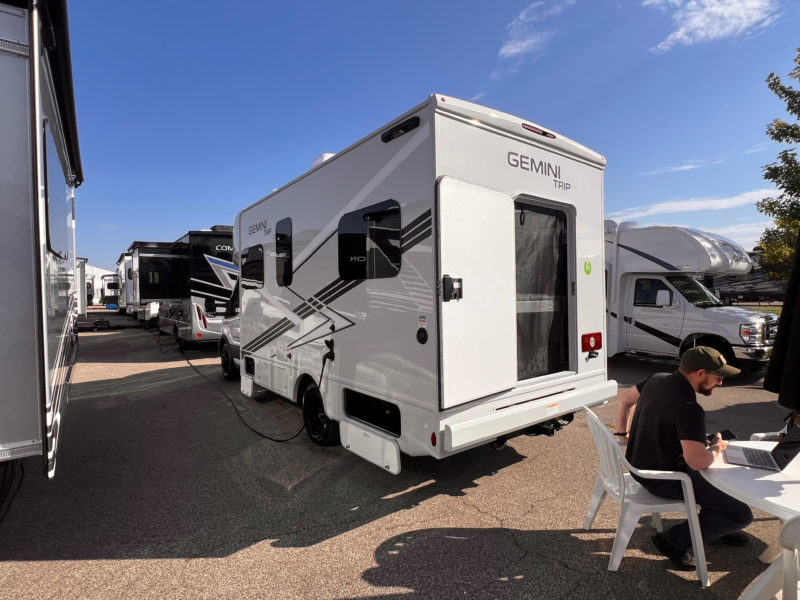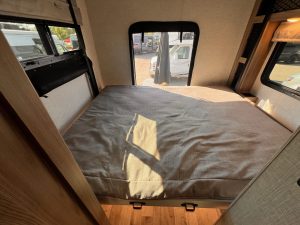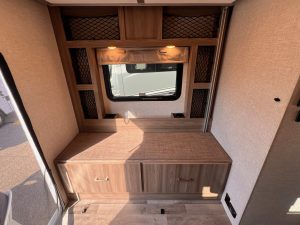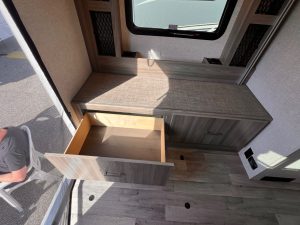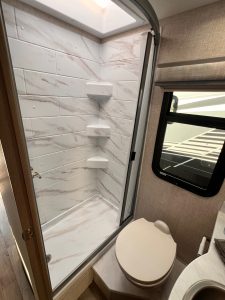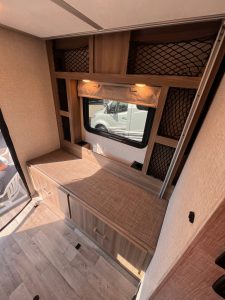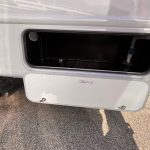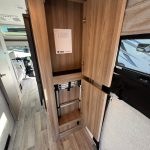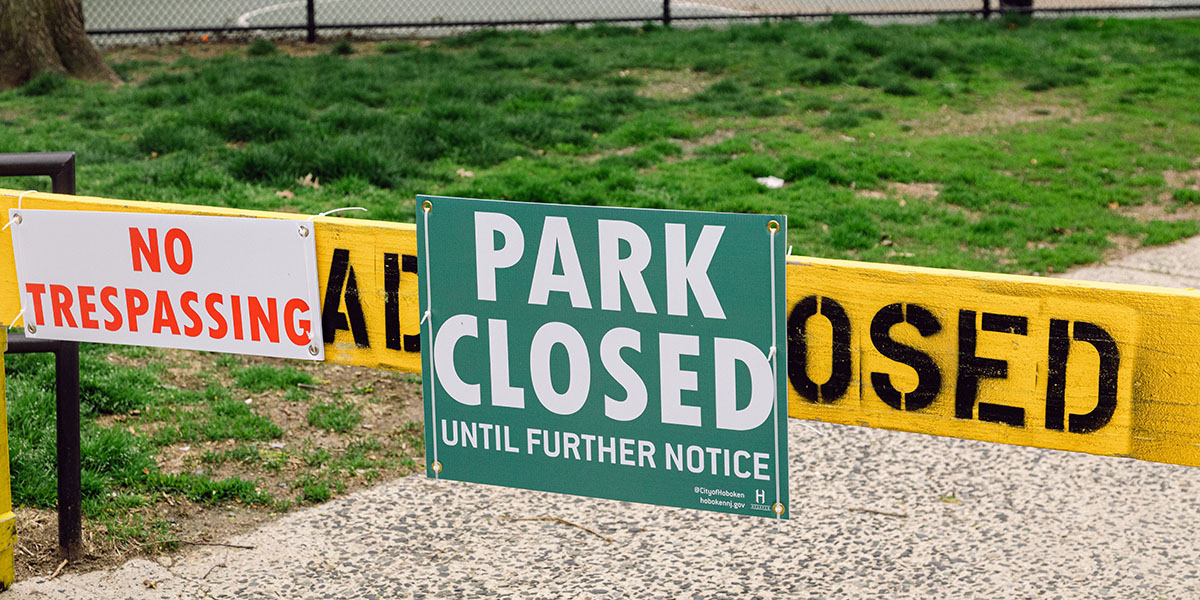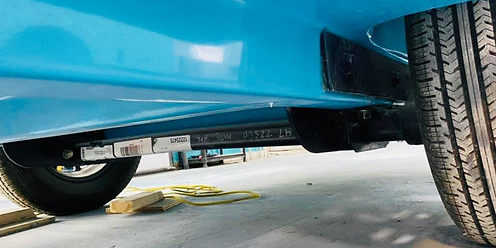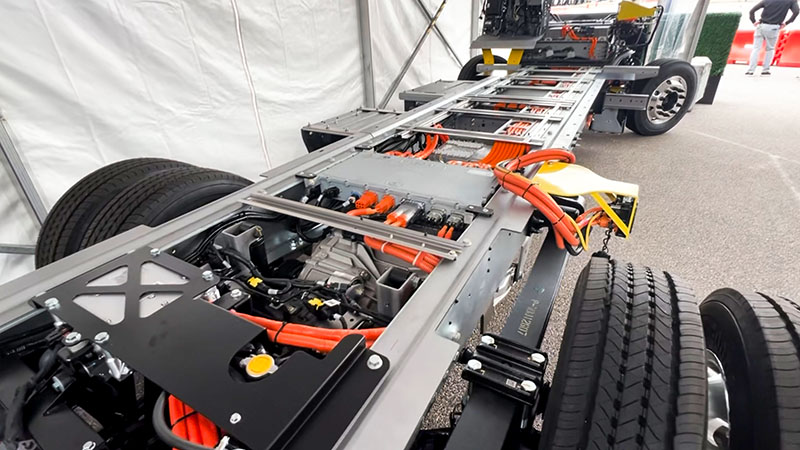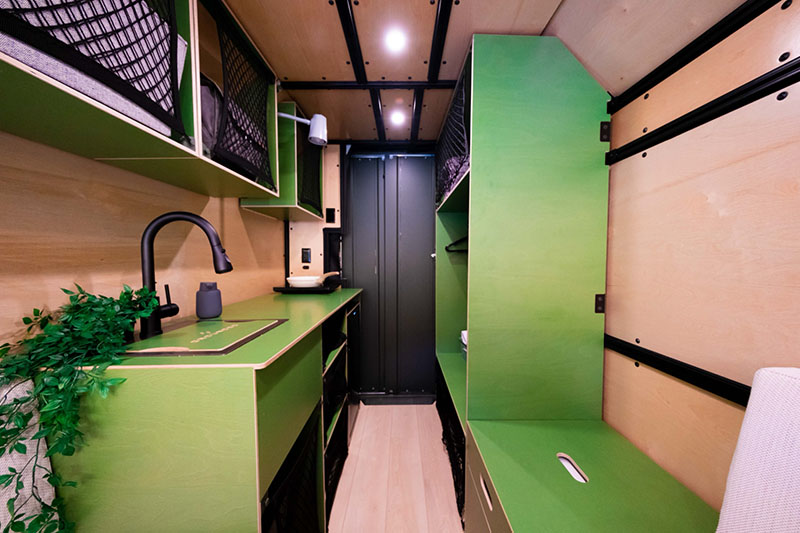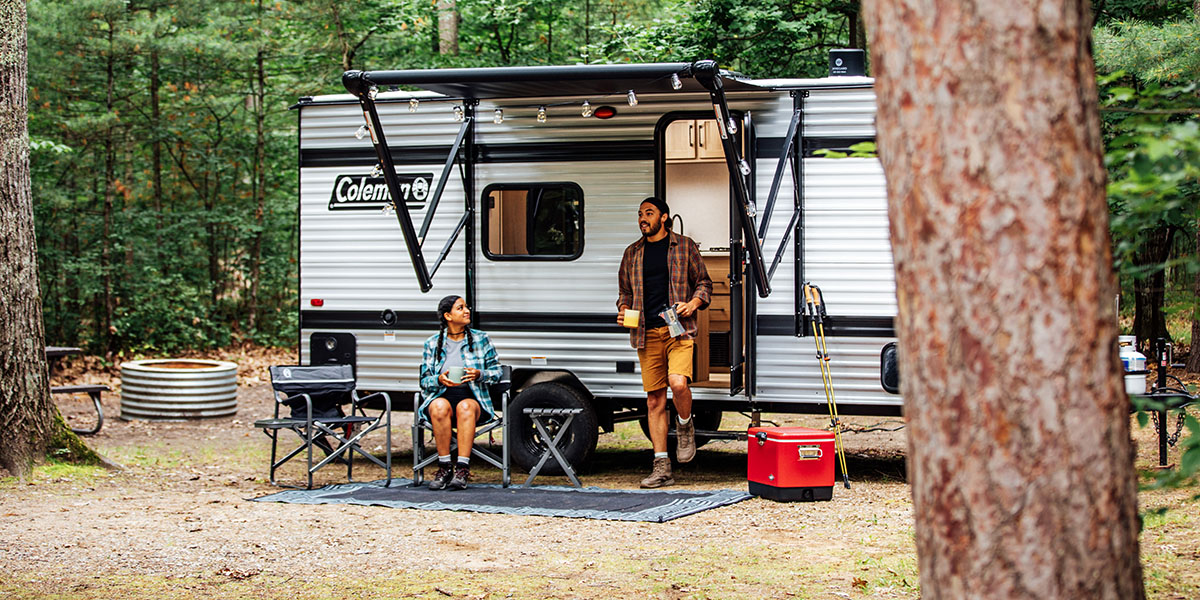Look, we all know that there are warranties, and there are warranties. And we’ve neatly decided not to waste the time reading the fine print on our $50 printer’s warranty. But when it comes to big-ticket, high-stakes purchases? Of, baby! It pays to to pay attention. Now, no matter how much you’re spending on your RV, it not only classifies as a big purchase — it’s also full of features and amenities that are gonna get some heavy use. So, before you buy, it’s crucial to know how your RV warranty works. (Or, more correctly, how its warranties work. Don’t worry: We’ll explain.)
Lucky for you, I was formerly a warranty administrator at an RV dealership, and I have a few insights that I’d like to share about the value of an RV warranty and what you might consider if you’re RV shopping.
A Little RV Warranty 101: Think Warranties
Essentially, an RV warranty is a promise by the RV manufacturer to make good on any defects in the manufacturing process. Almost every RV manufacturer handles warranty claims the same way: While the warranty is the manufacturer’s, customer interaction is almost always the responsibility of the dealer. So, if you find that you have an issue with your RV, your dealership is an automatic first stop.
Now, one good thing about an RV warranty is that it’s very likely not a warranty. It’s a collection of warranties. So, when you see a shiny new RV with an X-year warranty sticker on it, that may not be the entire thing. RVs are built of components sourced from a number of manufacturers. I’m something of an RV expert, but I don’t know of any RV company that builds their own furnace, stove, refrigerator, air conditioner or many other major systems. (In fact, many RV companies don’t build the frames or axle/suspension systems either.)
So, even if the RV you’re looking at carries a one-year manufacturer’s warranty on the RV itself, some components could have warranties that are covered long after the general warranty expires.
Some Subsystem RV Warranty Examples
For example, Dexter’s torsion axles carry a 10-year warranty. The Alpha Ply rubber roofing on some RVs actually has a lifetime warranty. Many RV appliances including furnaces, air conditioners, and more have two-year warranties.
Often an RV builder will include individual paperwork for the variety of subsystems in the RV. The warranty that covers those systems will be stated in the paperwork. Sometimes the RV builder will also include listings of the various serial numbers of the components in the RV. They’re usually located in a place where they’re easy to find. (You know, like in the manual.)
I recently bought a 2025 Rockwood Mini Lite and was really taken aback by the manual in this trailer that was put together in a binder with the specific model and serial numbers of all the various components in the RV. This is highly unusual and was a very welcome surprise.
The manuals likely also detail how to go about filing a RV warranty claim.
How RV Warranty Claims Work
Whether it’s for the RV in general or a system in the RV, all RV warranty claims essentially work the same way. Once you realize that you have a warranty claim, you can deal with the selling dealership — or, in some cases, with the component manufacturer or even the RV manufacturer. But know this: RV manufacturers generally expect warranty claims to come from dealerships. (And not all manufacturers are even set-up to handle warranty claims from individuals.)
What’s going to happen is that a lot of photos of the issue will get taken and then filed with the RV’s manufacturer. From personal experience, I’ve found that no matter how many photos I took, the claims initially got denied for more photos. So, we take more photos and refile the warranty claim. The photos will also accompany a written description of the issue. I have had some RV companies that had really excellent web-based warranty claim systems. Others actually required that we fax in the claim. (Seemed ridiculous at the time — and more so today.)
From there, the claim gets approved and almost all RV companies have a set rate for how long — in minutes — they expect the repair to take, which is included in the repair process.
One example that really sticks out in my mind was for an electric fireplace, which had failed. The RV company allocated 10 minutes to replace a fireplace. Plus, we got a replacement fireplace shipped to us. At the dealership, that almost covered putting the new fireplace in.
How Dealerships Handle an RV Warranty
In the same fireplace claim that I just described, we spent probably 40 minutes figuring out what was wrong. Some 30-amp RVs have a switch that shuts off the electric fireplace if you turn on the microwave. So, our tech had to figure out if this was the problem — or if it was actually the fireplace itself. Then he had to remove the old fireplace and test it on his test bench. While he was doing all this, we took photos of the process to document what was wrong. Then we took photos of the serial and model number of the fireplace.
Now, you have two employees spending time diagnosing this, but our dealership only got paid 10 minutes time to affect the repair. That meant that the dealership had to pay one person, our tech, 40 minutes in time. And then they had to pay me (an employee of the dealership, not the owner) to document the process, file the claim, and then order the new fireplace. But we were only getting reimbursed our shop rate for 10 minutes.
As you can see, RV warranty work is generally a money-losing proposition for a dealership.
Why It’s Best to Return to the Dealership of Purchase
So, if you shopped the dealership and then went to the next town over and bought the RV for less money, you can see why the local dealership has no interest in providing warranty service for you. Since RV dealerships aren’t franchised (like car dealerships are), they are also not compelled to provide warranty service to you if you didn’t buy the RV there.
Yes, it stinks but that’s the state of RV repair today.
This is one of the many reasons I highly recommend shopping your RV dealership first before you make a final buying decision. The caliber of their service department and the ability to complete warranty work is a big factor in your claim.
How to Take and Submit Pictures
I had mentioned that the process of filing an RV warranty claim generally involves a lot of photos submitted to the RV manufacturer. That’s true. Basically, you’re going to want to be besties with your camera — for a lot of reasons.
First of all, if the various stickers on your RV’s systems are still in decent shape, you’ll want to take a photo of them. This will give you serial numbers and model numbers for the various parts. I usually snap a photo of things like axles and other items whose stickers can be damaged over time by use.
But if you do have an RV warranty claim, some dealers will take your photos and submit the claim on your behalf. This could save them time and also mean you don’t have to bring the RV in for service. (Not all dealers work this way, but remember the statement about shopping your RV dealership first.)
What an RV Warranty Is Worth
With a solid dealership ally on your side and reasonable claims, RV companies absolutely honor the warranties. Honestly, as long as I filed the claim properly, I don’t remember ever having a claim denied that was a legitimate claim.
In fact, there were times where I filed a claim after the warranty period, and the manufacturer still stood behind the system. This is not expected. (And also not typical.) But some RV manufactures might stretch the rules just a tiny bit depending on the circumstances. Naturally, this also depends on the RV manufacturer. Fortunatelym the dealership I worked at tended to favor brands that serviced our dealership well so we could, in turn, serve the customer well.
So, is the warranty on your RV legitimate? Rest easy. I have yet to see a circumstance where it isn’t.
When Your RV Warranty Clock Starts
Know that the coverage of your warranty starts when the paperwork on the sale goes through. So if you’re planning on purchasing an RV, for example during the off-season, and then not using it until the weather is more cooperative, your warranty clock is still ticking.
I suggest taking the RV from the dealership right to a campground or a place where you can test as many systems as possible. Perhaps winter’s bite might keep you from using the water system but furnaces, the fridge, and many other systems work year-round.
